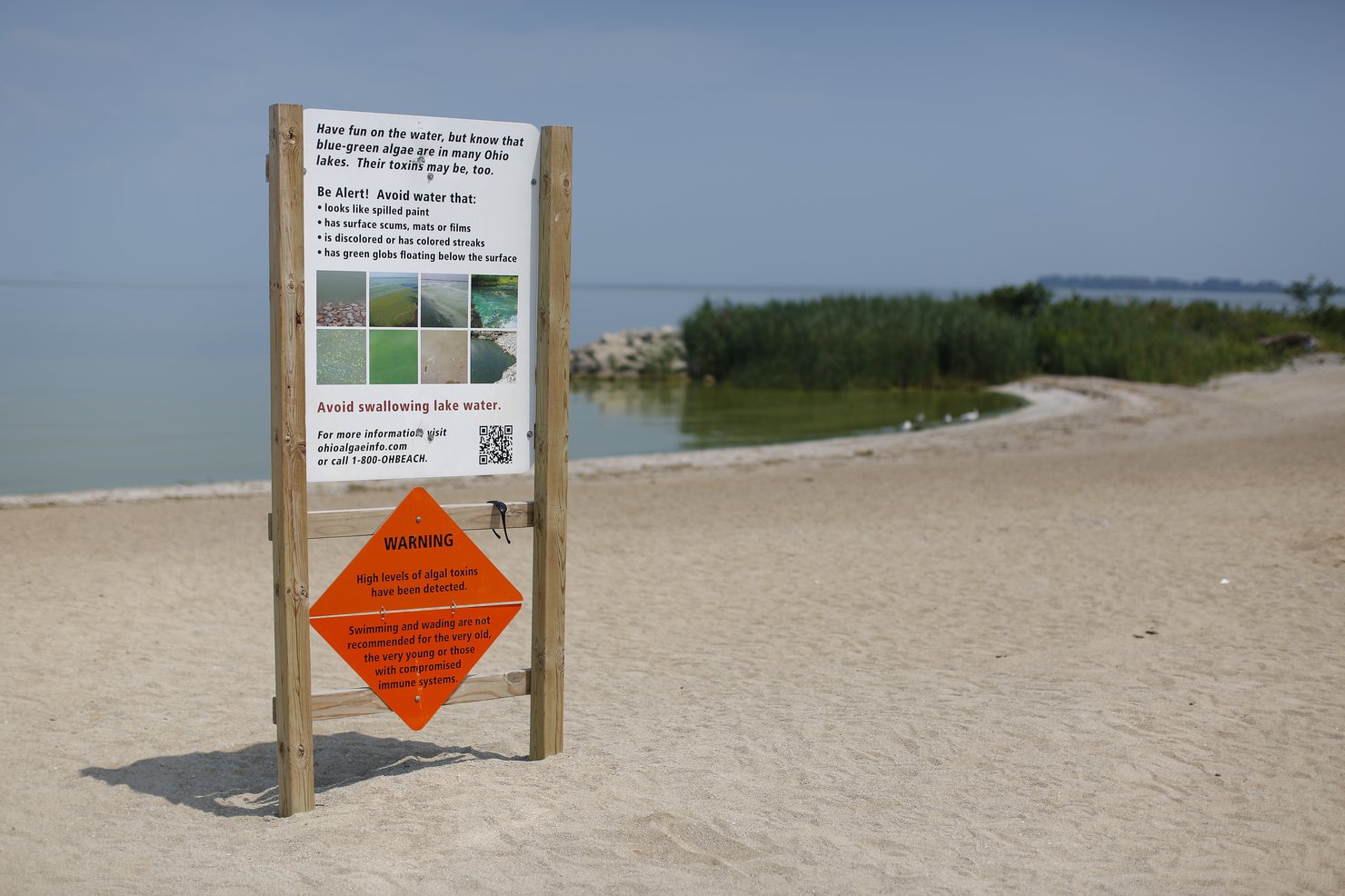Each week, we’re compiling the most relevant news stories from diverse sources online, connecting the latest environmental and energy economics research to global current events, real-time public discourse, and policy decisions. Here are some questions we’re asking and addressing with our research chops this week:
What’s next for US carbon pricing policy?
This week, nearly 1,000 people joined the Citizens Climate Lobby on Capitol Hill, advocating for a US carbon tax bill—the Energy Innovation and Carbon Dividend Act of 2019—which is one of several carbon pricing policies currently proposed in Congress. In related developments, the industry-backed lobbying group Americans for Carbon Dividends is kicking off a major advertising campaign in favor of a carbon tax. Despite the growing push from climate activists and industry alike, US carbon pricing policy has been buffeted by questions of political viability, coming up against strong opposition in both Congress and the White House.
In this week’s episode of Resources Radio, Marc Hafstead, director of RFF's Carbon Pricing Initiative, breaks down the recent slew of carbon pricing policies proposed this year in Congress. Hafstead describes the major design elements of the proposed bills; the political viability of the proposals; and whether other policy approaches, such as a Clean Energy Standard, stand more of a chance in today's political environment. This week’s was a special collaborative episode of Resources Radio with Energy 360°, a podcast from the Center for Strategic & International Studies (CSIS) Energy Program, hosted jointly by RFF’s Daniel Raimi and CSIS’s Sarah Ladislaw.
Related research and commentary:

What are the implications of the proposed EPA rule that mandates the public availability of all raw research data?
This week, the New York Times broke the news that EPA is renewing its efforts toward passing a rule that could limit the science available for decisionmaking, in the name of increased transparency. The rule would require scientists to disclose all of their raw research data, which would include private medical records that have helped to demonstrate the connections between pollution and disease.
In response to these developments, RFF Senior Fellow Alan Krupnick proposed some alternative strategies that could more effectively achieve the goals that the EPA claims the rule sets out to accomplish. For example, the administration could allocate funding to support the mandate. In Krupnick’s Common Resources blog post, he says: “To actually manifest the ideal of transparency, the rule would need to look very different.”
Related research and commentary:

How can we use data most effectively to help reduce harmful algal blooms?
Ohio Governor Mike DeWine announced yesterday a large-scale program aimed at tackling Lake Erie’s harmful algal blooms (HABs) problem. As part of Gov. DeWine’s $172-million “H2Ohio” water-quality program, farmers who adhere to a 10-step phosphorus reduction program—which entails crop rotation, managing water runoff, and controlling the impact of phosphorus-heavy fertilizers and manure—will receive compensation from the state. HABs, an expensive and dangerous water-quality issue, are often linked directly to agricultural runoff that contains nutrients such as nitrogen and phosphorus. Gov. DeWine is quoted as saying, "The plan is based on science. The plan is based on economics … it focuses on directing the resources that we have toward specific practices that have been studied and that we know will make a difference."
HABs can also be monitored with the help of satellite data, which protects the health of communities and saves people money in the process. RFF’s VALUABLES Consortium, a cooperative agreement between RFF and NASA, helps quantify the benefits of satellite data and evaluates the economic impacts of satellite data on communities. And with her work in progress on the social cost of water pollution, research scientist and RFF Board Member Cathy Kling has much to say about finding empirical solutions to the vexing environmental problem of HABs. In a recent episode of Resources Radio, “Market Solutions for Water Pollution,” Kling notes, “[T]here is enough research and enough data, I think, that we can start to really get a handle on the various ecosystem service impacts that nutrients, nitrogen, and phosphorus are imposing.”
Related research and commentary:







